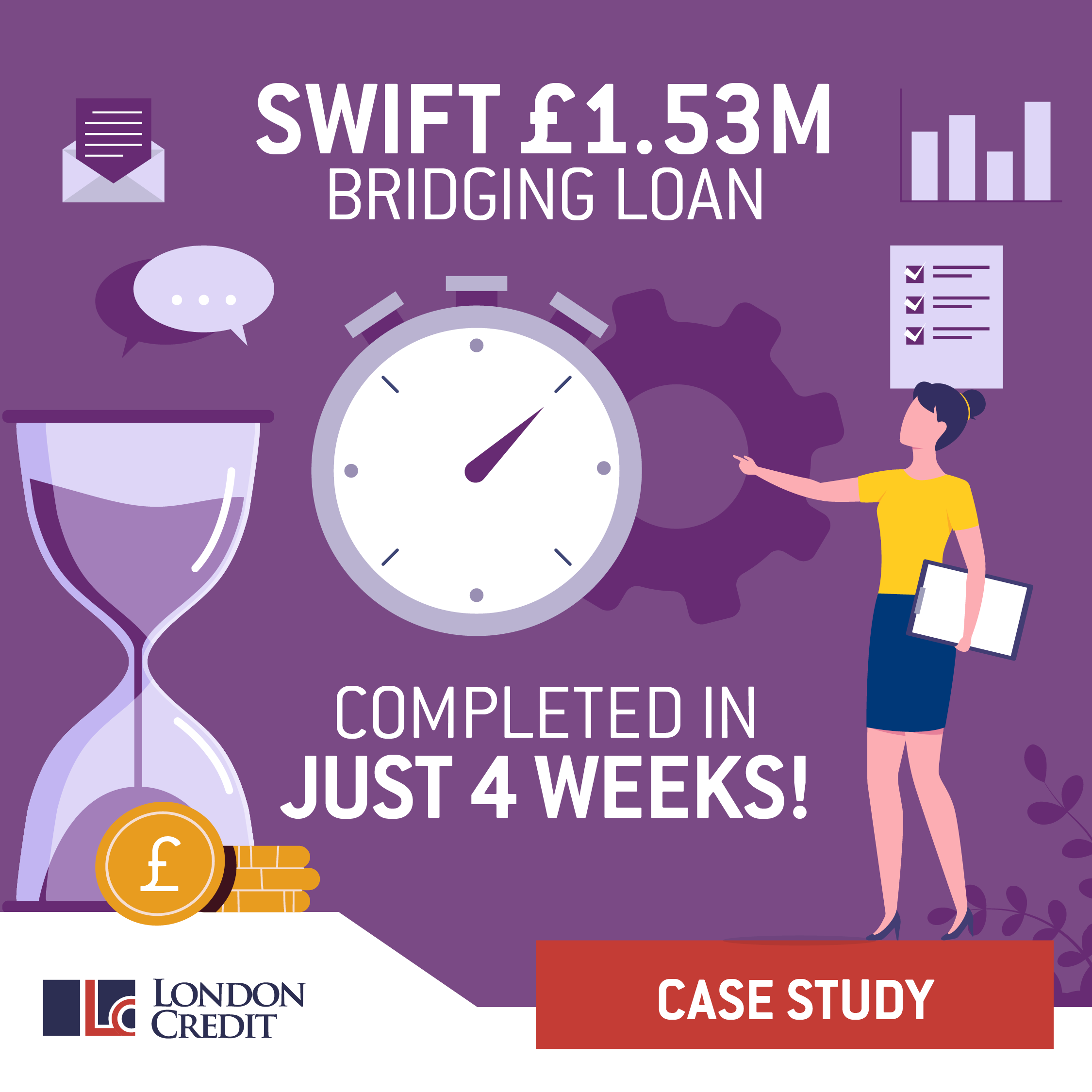How to create more certainty in securing a bridging loan
Reports from the market are that securing a bridging loan is becoming harder, with lenders asking more questions and considering each application with more scrutiny. So, what steps can you take to create more certainty in securing a bridging loan? Include information on working with your BDM in advance of submitting an application.
Successfully securing a bridging loan for a client, especially in the current climate where loans are becoming increasingly challenging to obtain, requires the broker to have a well-defined strategy. A major component of this is the relationship between the broker and the lender’s business development manager (BDM).
As with all types of finance at the present time, bridging lenders are more conservative with applications than they were two years ago, before inflation and the cost-of-living crisis took a firm hold on the economy.
This doesn’t mean that loans are impossible to obtain – far from it, but I do believe that establishing a robust relationship with the BDM is paramount for the broker: when they fully engage with their BDM before submitting an application, it saves both time and possible setbacks. No client wants to undergo a more rigorous application process, invest time and resources, only to later discover that the loan was unattainable from the start. This scenario can be avoided if the broker does their due diligence and communicates effectively with their BDM from the outset.
The BDM can be the bridge between the broker and the underwriting department, ensuring smooth communication and relaying any additional information requirements. To streamline the process and ensure a speedy and positive decision, the broker must be transparent - lenders require comprehensive information to make an informed decision. When the right details are presented at the outset, it helps underwriters in assessing the loan's viability. There's no benefit to be found in simplifying details or withholding case specifics. In fact, any attempt to do so might derail the application entirely. Instead, addressing any lender queries head-on is the way forward. This proactive approach not only accelerates the decision-making process but also makes the decision more likely to be favourable.
Lenders might seek further information or clarifications about the application. For example, they might require more in-depth data on the borrower's personal circumstances or the specifics of the property in question. The broker, alongside the client, must ensure that any such queries are addressed promptly and comprehensively. Delays in this regard will more than likely ground the lender's evaluation process to a halt, so keep the BDM in the loop.
Central to any bridging loan application is the exit strategy. Lenders want an assurance of the borrower's commitment to their exit plan. This could range from remortgaging to the sale of a property. The broker plays a pivotal role in ensuring the borrower's exit strategy is both well-defined and feasible. Considering the unpredictability of today's market, having a secondary exit strategy (or a Plan B) can instil further confidence in the lender. By anticipating potential market changes and reacting accordingly, borrowers will be potentially reassuring the lender that they are prepared for the unexpected and realistic about the market.
This is a good example of why the relationship between the broker and the BDM should extend beyond just securing the funding. For instance, if a client's development nears completion, the broker should be discussing the exit strategy's feasibility with the client and informing the BDM. This proactive communication can help pre-empt any potential challenges and ensure that all parties are aligned in their strategies and expectations.
While the landscape for securing bridging loans might be shifting, with careful planning, a transparent approach to the application process and a strong broker-BDM relationship, the path can be made smoother and more predictable. As a consequence, clients will be more grateful than ever for a ‘yes’ from a bridging lender.
Neil Patel, Business Development Manager at London Credit




